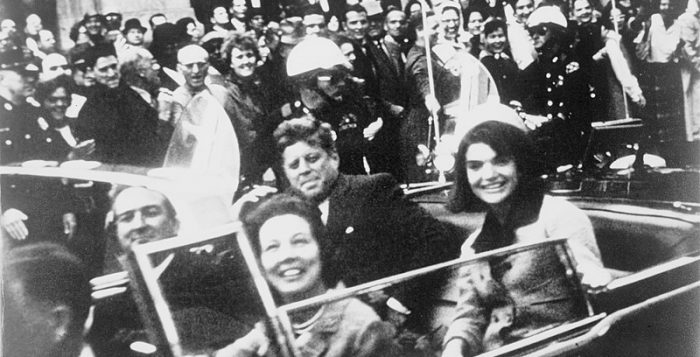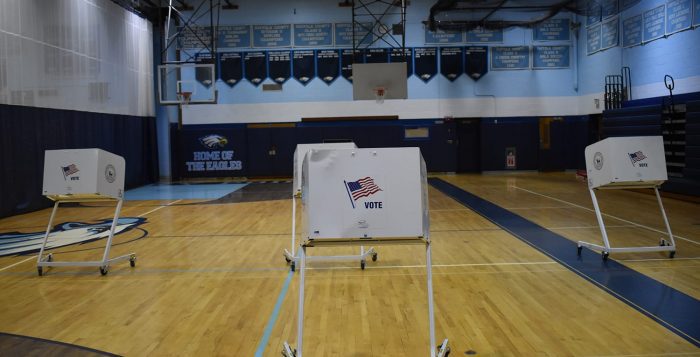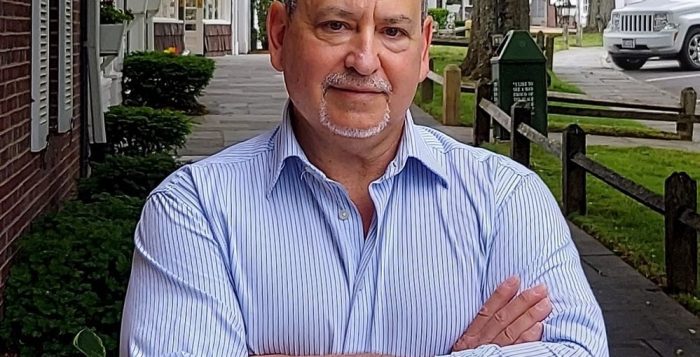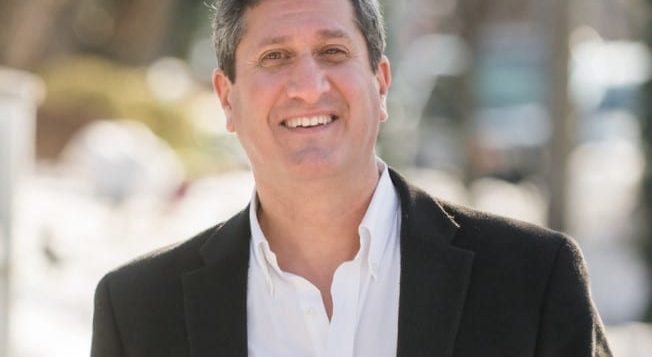Stony Brook, world-class medicine
There are many benefits to living in the Three Village area, and access to world-class medicine is one of them. I learned that when I made an unplanned trip to Stony Brook University Hospital via the emergency room. Being in the hospital is no picnic but what I encountered at Stony Brook was overwhelming and mind-boggling, in a very good way.
From the moment I arrived in ER, I knew I was in right place. Comprehensive care was administered immediately, and this continued throughout my stay. Every member of the health care team, from doctors, nurses, nursing supervisors, aides, technicians and staff who performed diagnostic tests, treated me with the utmost kindness and compassion, even though I may have been a train wreck at times.
Stony Brook’s advanced infrastructure and specialized capabilities are legendary, and I experienced firsthand that the level of expertise of their doctors and staff is on par with those standards of excellence. Specifically, I must commend the physicians of the Stony Brook Heart Institute and North Suffolk Cardiology, who worked collaboratively to deliver cutting-edge medicine.
The entire operation at Stony Brook was first rate and reached the heights of optimal patient care. Everyone I encountered was exceptionally polite, and even the food was good. We are certainly fortunate to have several excellent area hospitals to choose from. In this case, I’m glad I headed to Stony Brook.
Alan Golnick
Stony Brook
Please don’t be late to the East Beach bluff ball again
I have been privy to the changes of Port Jefferson’s East Beach bluff health over four-and-a-half decades that have not previously received emphasis. Initially, the bluff was stable with healthy vegetation to absorb storm runoff from the blacktop, tennis courts and clubhouse. The western jetty entering Mount Sinai Harbor prevented beach sand from washing into the harbor.
After a number of storms 15-20 years ago, the jetty was destroyed and we watched the beach sand progressively wash into the harbor, taking the bluff with it. It took until 2020 to reconstruct part of the jetty. This delay led to the loss of much of our beach, an undermining of the bluff at its base and loss of its erosion-protecting vegetation. This was caused more by negligence than the 15 years (0.27 inches) of tide rise.
To make matters worse, deforestation for future pickleball courts at the west end of the parking lot destroyed the vegetation that gave protection from parking runoff during storms and led to additional bluff erosion. Since the jetty’s reconstruction — and after subsequent replacement of beach sand from inlet dredging — our beach is continually restoring itself with accumulation of new sand.
Phase 1 constructed a seawall on half of the eroding bluff and was highly successful in preventing undermining, but it can’t prevent ongoing undermining along the now-unvegetated bluff where no seawall was constructed, nor prevent unprotected drainage erosion from above.
I believe insufficient attention has been given to the latter, which was responsible for the recent storm damage in two areas. It is apparent that we need to quickly remediate the huge nonabsorbent parking lots and tennis court surfaces that surround the clubhouse. With neither huge grants nor the need for extensive approvals, I wonder why we cannot emergently mitigate by converting blacktop parking to absorbent gravel surfaces, redirecting stormwater inland into storm drains, vegetating where tennis courts now exist, and giving serious thought to the village trustee Stan Loucks’ “retreat plan.”
Let there be no doubt, this problem was initiated by not tending to prompt reconstruction of the fallen jetty and subsequent loss of bluff protection from poorly-managed storm drainage above. Now that the ongoing loss of the beach has been reversed with jetty reconstruction, we need to save the bluff with completion of the seawall below, mitigate the nonabsorbent surfaces above — and stop ignoring reality.
Al Cossari
Port Jefferson
Advocating local Recycle and Save programs
As we look at our high rates of waste generation — close to 5 pounds per day per person on Long Island — it is good to explore ways to bring this number down. One of the alternatives that many communities have adopted is Recycle and Save programs which used to be called Pay As You Throw. The advantage of this approach is that it has greatly reduced the rate of individual waste disposal.
Since this would be a radical change in our area, it is best for us to plan over a three-year period in multiple stages.
First stage is training: This would involve training for the waste management staffs, the various town councils, and committees that would be established in each town and village.
Second stage is special topics and challenges: This would involve research on specific issues of concern to our communities, such as which items can be recycled and how and where they are to be recycled.
Third stage is data collection: This would involve surveys of our citizens to reveal their attitudes, behaviors and acceptability.
Fourth stage is behavior change: This is accomplished through publicity and the creation of a comprehensive and explicit website. I would recommend the one that was created by the Alameda County Department of Waste Management in California. The county has decreased its rate to 1.6 pounds of waste per day per person.
This approach moves us in the direction of zero waste and is long overdue in our area. Many communities in the United States have been embracing this policy since the 1980s.
John J. McNamara
Rocky Point
RIP
It’s time “Lady Justice” removes her blindfold, as our nation perishes. “God bless America,” from a veteran of World War 2 and the Greatest Generation.
Leonard J. Henderson
Port Jefferson
























